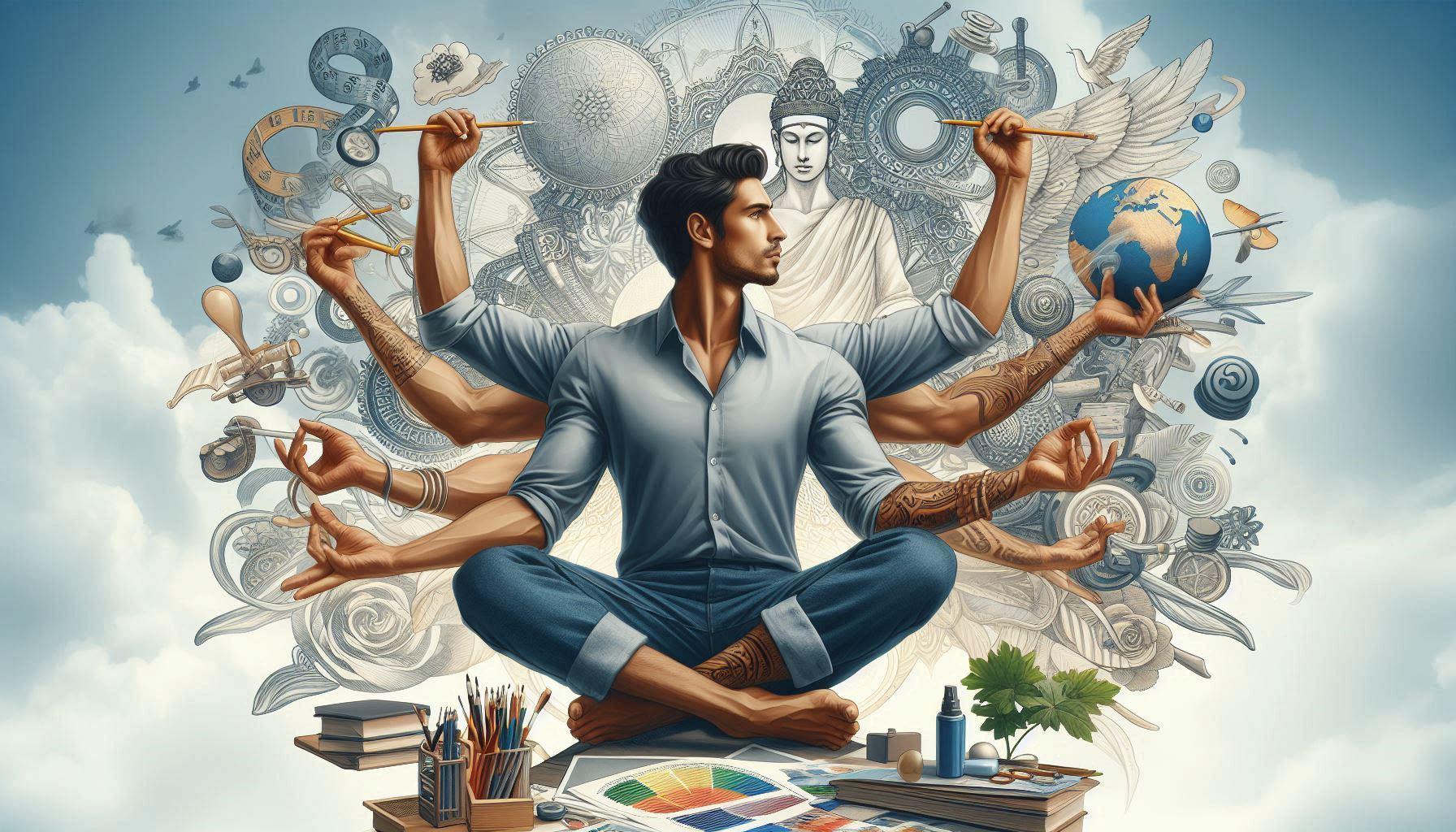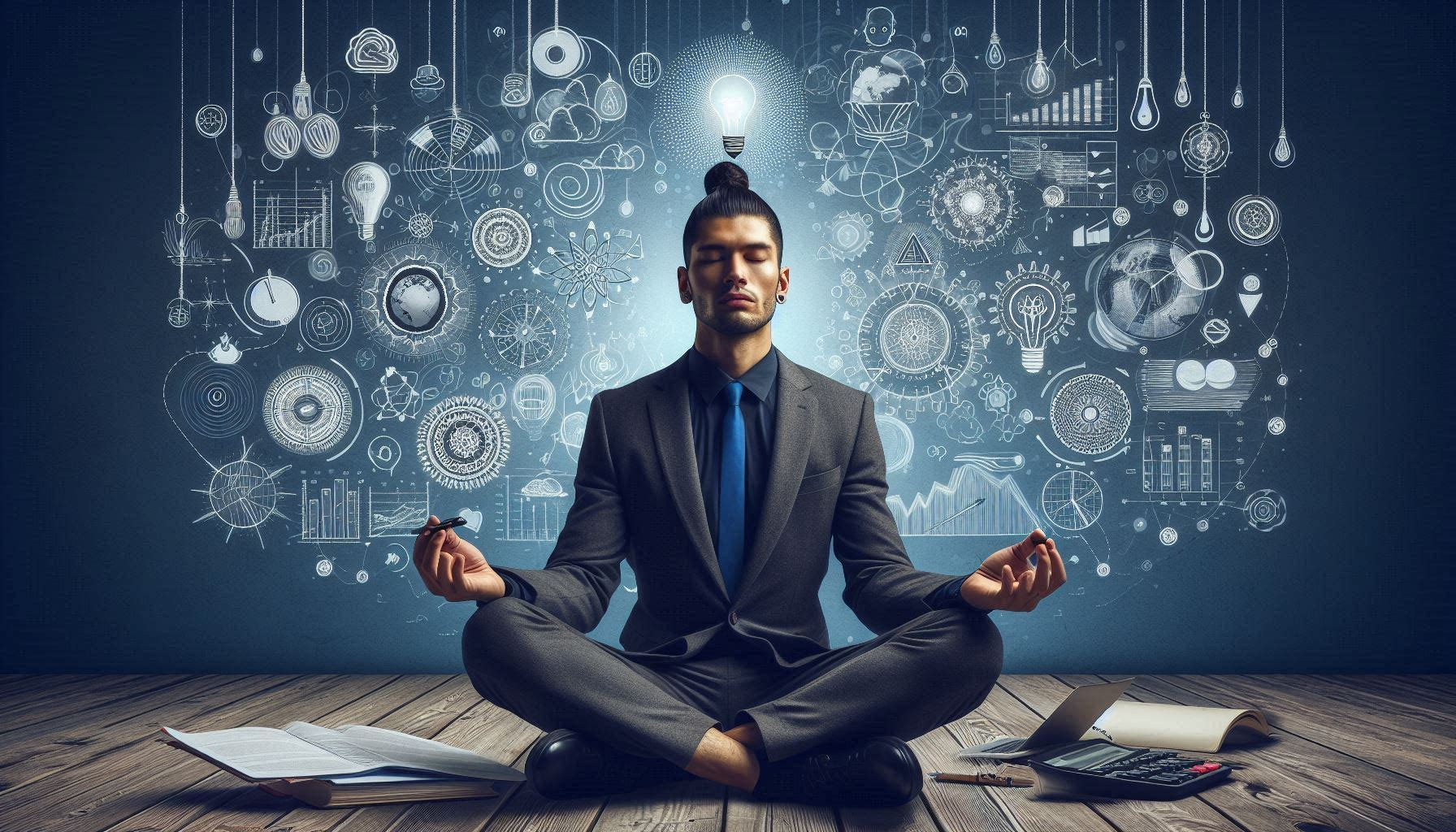Achieving a healthy work-life balance is essential for creatives who often pour their hearts into their projects. Let’s explore some practical tips and strategies to maintain equilibrium between your professional endeavors and personal life:
1. Solo Adventure Day
Consider dedicating one day each week to self-care and adventure. Use this day to recharge, explore new places, try new activities, or simply relax. Whether it’s hiking, dancing, or lounging in bed, prioritize what helps you rebalance.
2. Task Time Capsule
Start your day by tackling the most challenging or least enjoyable task first. This approach, known as “eating the frog,” sets a productive tone and makes the rest of your day feel more manageable.
3. Limit Perfectionism
Distinguish between working hard and striving for perfection. Perfectionism can lead to burnout. Instead, focus on progress and excellence without overextending yourself.
4. Leave Work at Work
Create clear boundaries between work and personal time. When you’re off the clock, unplug and disconnect. Prioritize self-care and relaxation during non-work hours.
5. Gauge Your Health
Regularly assess your physical and mental well-being. Listen to your body and mind. If you need rest, take it. Prioritize health over excessive work.
6. Participate in Personal Hobbies
Engage in activities that bring you joy outside of work. Whether it’s painting, playing an instrument, or gardening, these hobbies nourish your soul.
7. Spend Time with Loved Ones
Nurture your relationships. Quality time with family and friends provides emotional support and reminds you of life beyond work.
8. Establish Your Own Balance
Remember that work-life balance is unique for everyone. Define what balance means to you and adjust accordingly. Prioritize what truly matters.
9. Love Your Career
Passion fuels creativity. Cultivate love for your craft, and it won’t feel like work. Find purpose and fulfillment in what you do.
Remember, achieving balance is an ongoing process. Adapt these strategies to your creative journey, and create a meaningful life beyond your projects.

